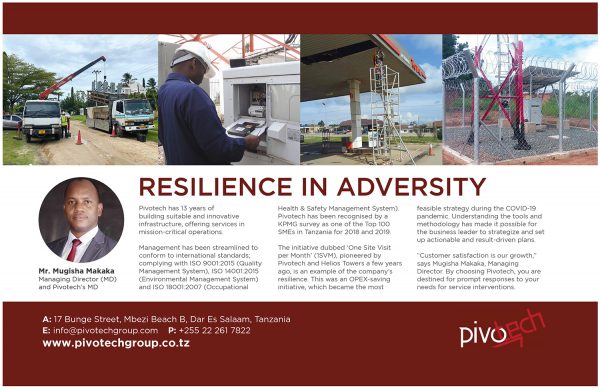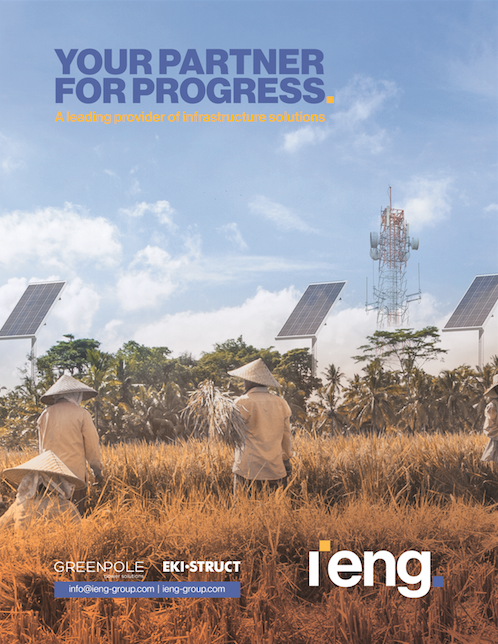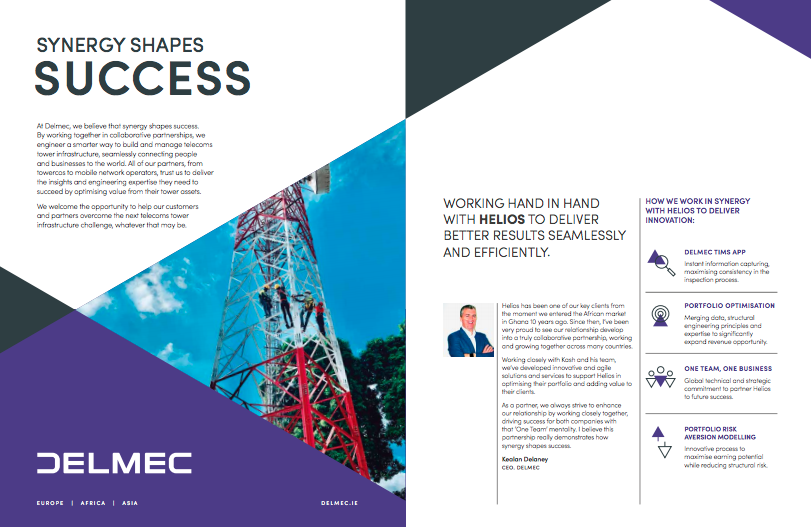Professionally, Kash Pandya has been around the block a few times. “I started my career at the age of 16,” he recalls. “In my early days, I was in the shoemaking industry, which was big in the UK in the late 70s and early 80s. I worked for a company that made shoe fabrication machines.”
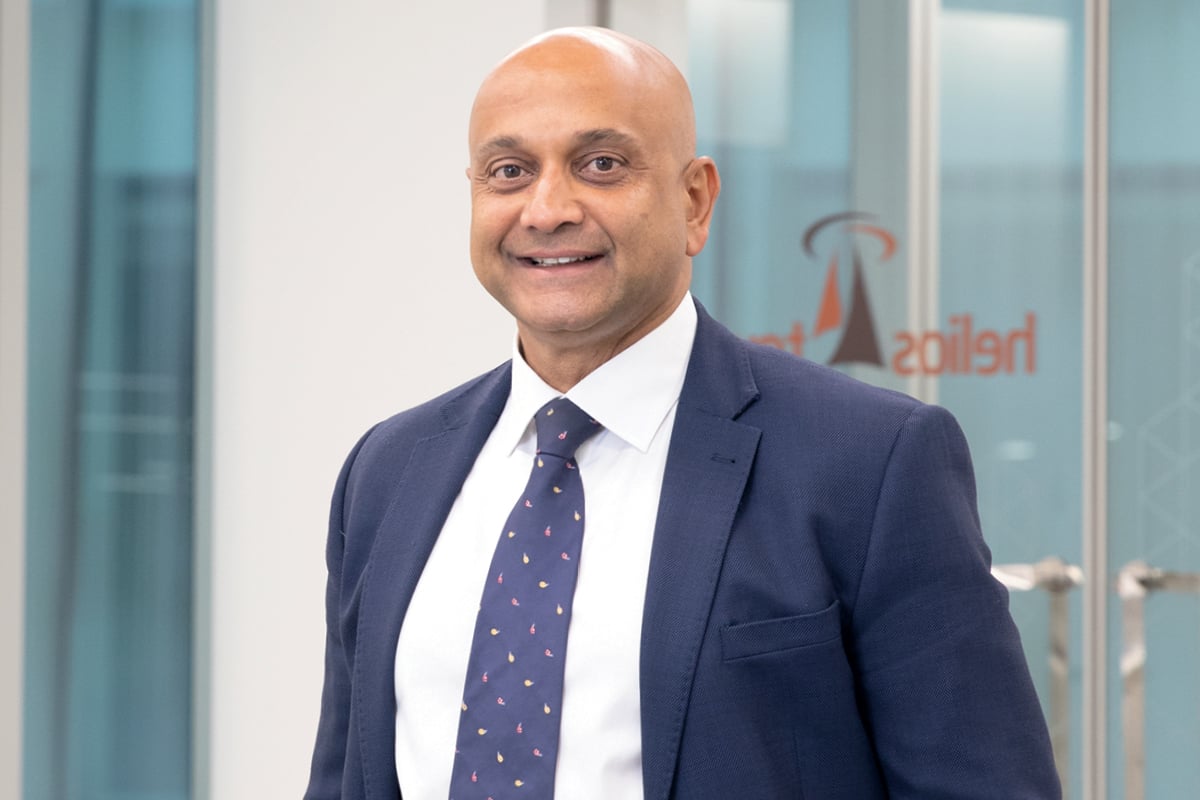
This was followed by stints in highly varied sectors, dealing with everything from automobiles and electronic components to concrete products and more. In 2013, he took on his first non-executive director (NED) role at a German firm that manufactures mechanical components for the automotive and aerospace industries. This marked the start of a new phase.
“I decided to semi-retire from full-time corporate life and had the idea of going into a non-executive career,” he says. That was exactly what he did for the next two years, guiding companies in a string of NED roles.
Then, a headhunter called with a proposition that was appealing enough to get Kash to consider coming out of retirement. It was an opportunity to lead telecommunications infrastructure firm Helios Towers as CEO. “It wasn’t the industry that enticed me, since I have been in so many different ones,” he says.
“What got me to agree was the strategic and operational challenges that were presented. In my later professional years, I was driven by the idea of building effective teams and a culture in businesses that helps people grow. At Helios, I had to lead a turnaround for the company while delivering better service quality that would hopefully translate into customer loyalty and expansion. The goal was to create something that will last even after I’ve moved on.”
Leading with foresight
Helios Towers owns and operates 6,991 telecommunication towers and other related infrastructure in five African countries – Tanzania, Democratic Republic of Congo (DRC), Congo Brazzaville, Ghana and South Africa.
A relatively young firm founded only 11 years ago in December 2009, its first assets were 831 towers acquired in Ghana in 2010 from telecommunications company Millicom. This was quickly followed by 1,721 towers in Tanzania and DRC in 2011.
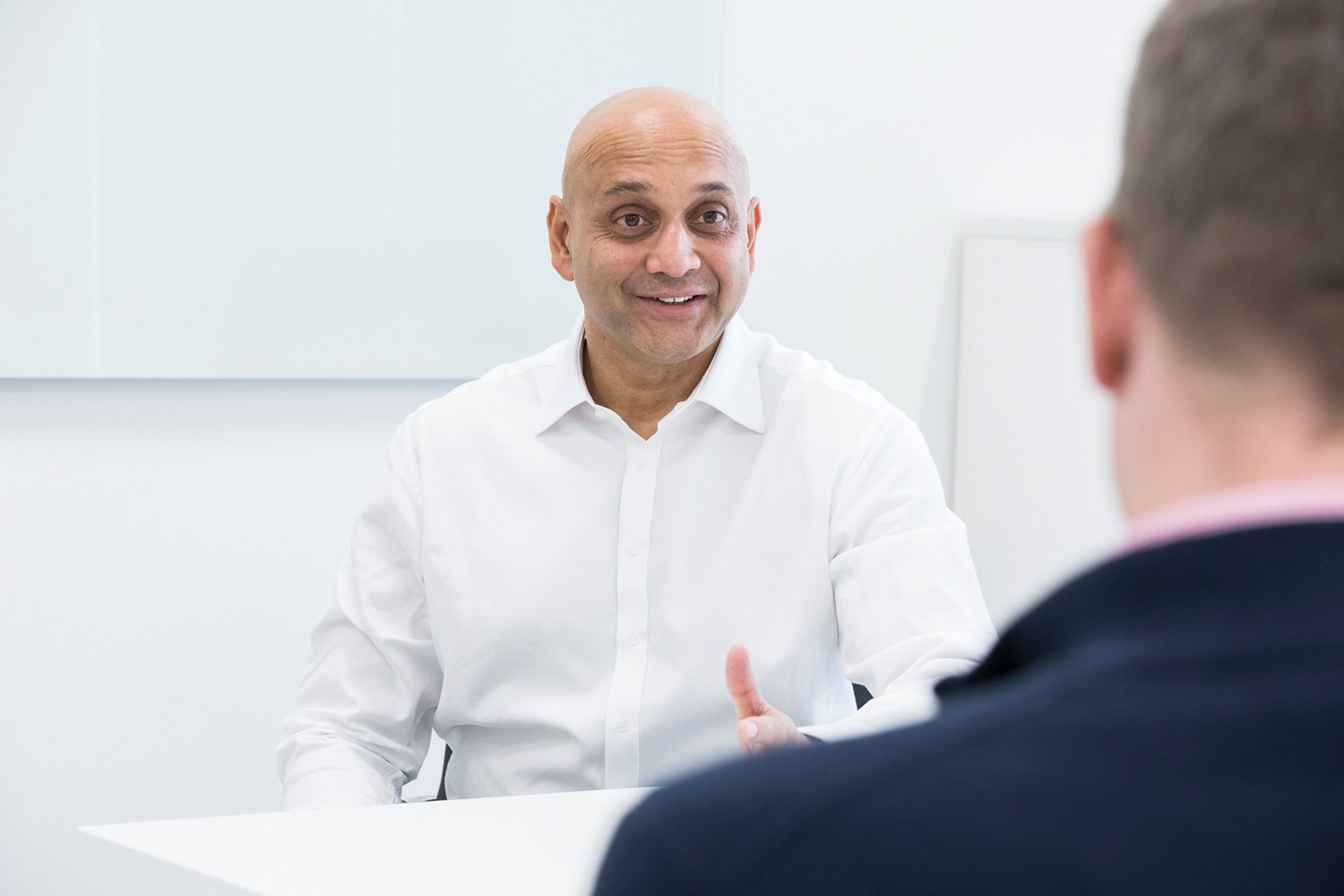
The following year saw Helios give acquisitions a brief pause and instead, invest in 259 built-to-suit towers in Tanzania. Mergers and acquisitions have played an important role in Helios’s rapid growth and have always been at the forefront of its expansion strategy.
In fact, the company managed to complete 10 acquisitions in 10 years. However, when Kash joined in 2015, he turned his attention to a very different aspect of the firm’s management.
“There was a lot of focus on M&A, but not enough on organisational structure and culture. In fact, it was quite a blank slate in this respect,” he explains.
“The first thing I did was to revamp the organisational structure – putting the right people in the right jobs – then, we embarked on creating the right culture, which was based around customer service, transparency and excellence.”
Central to this transformation is the Lean Six Sigma method. A combination of the Lean philosophy developed by Toyota and Six Sigma business management system by Motorola, it is a renowned approach that helps corporations increase productivity, reduce non-value-adding waste and improve the quality of output.
Although originally created for manufacturing and production processes, it has been adapted to other industries, including service, health care, logistics, finance and accounting.
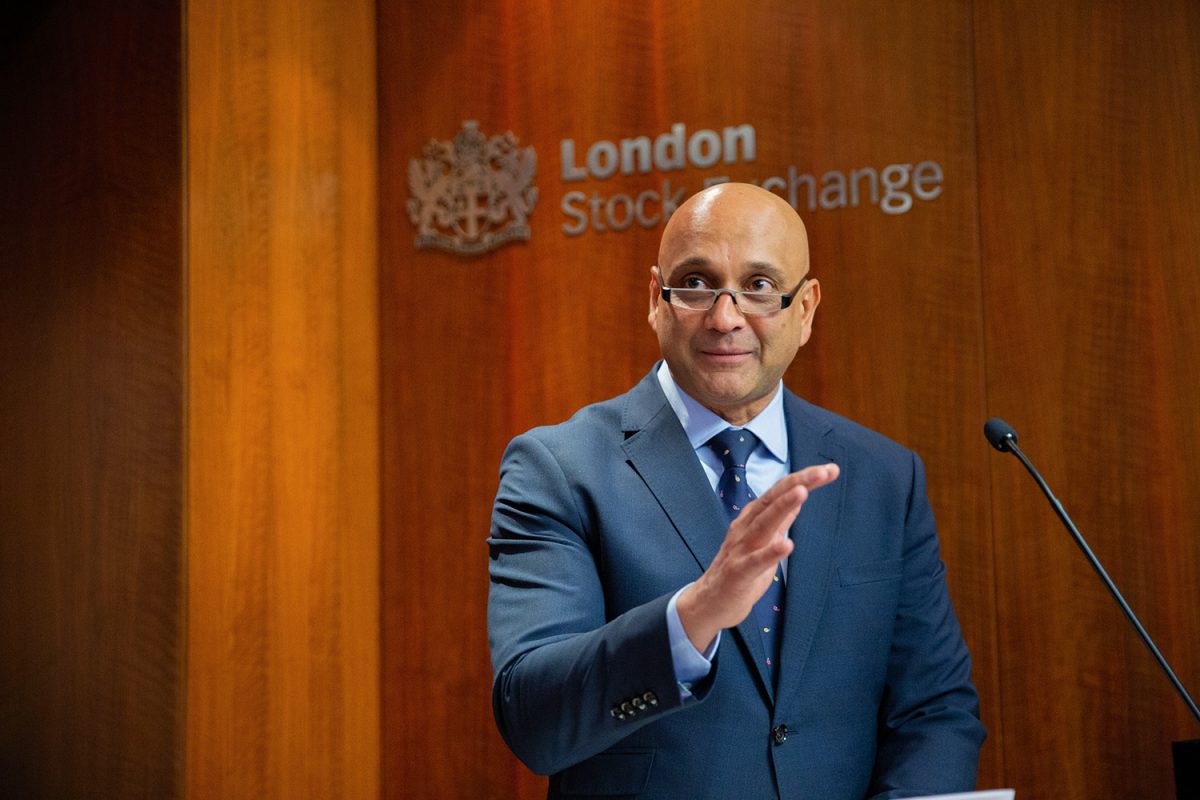
“Since the beginning of 2016, when we launched our new organisational strategy, Lean Six Sigma has helped us install a very transparent problem identification and solution process in our offices,” Kash says.
“With everything we do, we now ask why we are doing it, whether it needs to be done, if it’s an efficient way of delivering a sensible and reliable solution to our customers and if it’s sustainable. Asking these questions has allowed us to localise our organisation.
“We used to rely heavily on expatriate leadership. We had Europeans managing business units and functional heads from Europe. Today, 96% of staff in our offices are local. 3% are Africans from neighbouring countries. In Tanzania in 2016, we had 20 expatriates; now we have none. It gives me real satisfaction to have given the capability to our people to take charge, drive performance and lead in the market they are from.”
The same approach is taken at all levels of the organisation, including the board, which Kash says “operates with an efficient, lean mindset”. Almost 50% of Helios Towers’ staff are trained in the Lean Six Sigma method and many have obtained a black belt, the highest level available for the certification.
“It is mandatory for senior managers as well as those in middle management to get certified within 12 months of joining the firm,” he reveals.
Reaping the results
Kash’s reforms have proven to be the right move. “For three years – 2013, 2014 and 2015 – we had flat growth of around US$35 million (€30.8 million) for our adjusted earnings before interest, taxes, depreciation and amortisation (EBITDA). After we established the operational business excellence culture, we attained US$205 million (€180.7 million) EBITDA in 2019. In terms of cash flow, we effectively grew the business by six-fold in four years.”
It’s not just the numbers on the page that look better. The firm has also expanded physically, from 4,800 towers in 2015 to almost 7,000 today. “It’s a good 45% increase,” Kash points out.
The number of customers on our towers has gone from around 8,000 in 2015 to the latest figure of 14,500, which means that the tenancy of each tower has grown from 1.7 to 2.1 on average.
Helios’s steady growth has led the firm to an initial public offering (IPO), which was completed in late 2019. “Through the IPO, we raised primary equity, but the most exciting thing for me and the management team was that this marked the start of the third phase of the business,” says Kash.
According to him, intensive M&A was the first phase and cultural reforms within the organisation, the second. Riding on the success of the IPO, Kash has ambitious plans for more acquisitions and geographic expansion.
“We are very excited about the way forward over the next five years,” he says. “The level of mobile penetration and subscriber uptake on the continent is significantly lower than the rest of the world. In Europe and North America, for example, the penetration rate is roughly 85–90%. Those who do not have phones are either very young or very old.
“In comparison, in Tanzania and DRC, which are two of our biggest markets, the penetration level averages around 40%. DRC is a country of 85–90 million people. Its land mass is roughly 10 times the size of the UK but mobile signal coverage is just a little more than 50%. This means that there remains a huge opportunity for expansion for our customers and us.”
Community involvement
Given that infrastructure in many African countries remains inadequate – despite DRC’s much larger size, it has just 1% of the UK’s number of tarmac roads, according to Kash – this expansion isn’t expected to come easily.
Kash credits the firm’s success thus far to its dedication to providing quality service. “In our industry, quality of service is measured in terms of power-up time,” he explains.
I am truly passionate about Africa being able to have the same digitised solutions as the rest of the world. It is digital availability that is going to be the key driver for socioeconomic growth and development on the continent.
“In Africa, every cellular tower needs its own mini power station because power reliability on the continent is very low. This means that besides being an infrastructure business, we are also a power company. Mobile operators are willing to sell their towers to us because we deliver better power-up times than the operators can deliver themselves. We have proven this time and again with improved service experienced by customers after our acquisitions.”
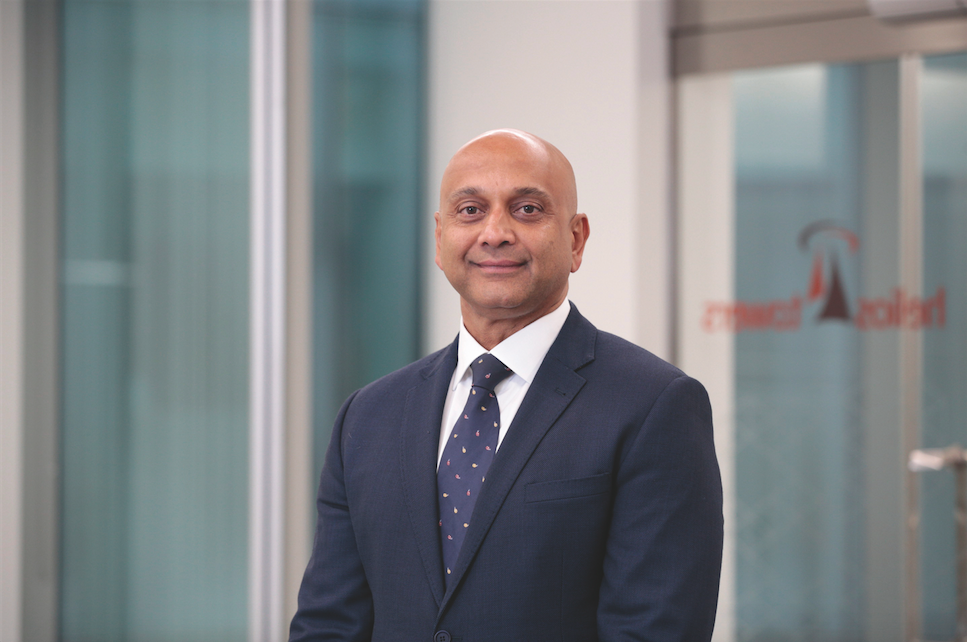
And these improvements were far from rudimentary ones. According to him, more than 90% of Helios’s towers run at Lean Six Sigma levels, which allows only 3.4 defects per million occurrences.
“This means that less than two seconds of downtime is allowed per tower, per week,” Kash clarifies. “We are focused on continuously improving our service. It’s not just the consumer who benefits from better reliability. It’s also good for the society, and the environment.”
He explains that the latter would simply be a result of reduced reliance on generators and not having engineers travel hundreds of kilometres to sites to maintain the towers. As for the former, 70% of the population in Africa – and in Helios’s markets – is under the age of 30.
“Giving young people access to the internet and information in the way the West is used to will level the playing field for Africa’s youths. It will allow Africa to develop more rapidly and help the continent catch up with the rest of the world,” Kash says.
But it’s not just the youths who are on his mind. “Rural communities will be able to access medical and banking services more easily with the internet,” he says.
“Farmers will be able to find out information like the market rate of their produce and set their prices accordingly. We have also set up charging stations in areas where power is not reliable so that villagers may charge their mobile devices.
“Africa’s population is the fastest growing in the world and will account for nearly half of the globe’s population growth over the next two decades. The infrastructure we provide will play a crucial role in its future development.”
Stronger together
There is another area where Africa has a lot to catch up on too – its mobile network technology. “There has been increasing pressure on mobile operators to invest in technology,” Kash says.
“For people in the West, 4G is a given, but in Tanzania and DRC, it was introduced only around about two years ago. Many of the clients we serve are still in the process of rolling out 4G in these markets.
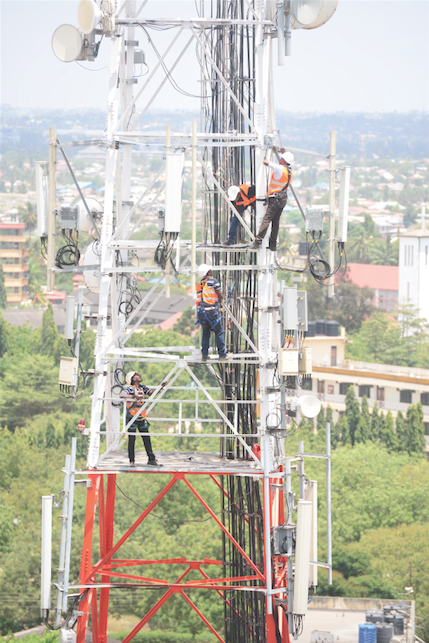
“Another thing our customers look for is speed to market – how quickly can they put their equipment on our towers? We have developed our supply chain to be able to add a new tenant within 24 hours and we have the capability of building towers at relatively short notice given the limitations presented by the environment in which we operate. Once we have the permits, it’s usually a matter of four weeks before the tower is completed, and two to three of those weeks is just lead time to allow the concrete to set before we can erect the steelwork.”
In the pursuit of continuous betterment of Helios’s services, Kash believes that close collaboration with the company’s customers and partners are key.
“We believe that for us to be successful, our partners have to be successful, and we have gone out of our way to ensure that,” he says. The firm has invested in Lean Six Sigma training for its partners and even shares offices with them in Tanzania.
“We have segmented the country into four regions, excluding Zanzibar. In each region, we have a partner that maintains anything between 800 and 900 towers – and we share offices with them. We operate as one body,” Kash explains.
“If it’s a problem for our partners, it’s a problem for us. We solve issues together and are successful together. Including the people employed by our partners, we have an extended workforce of around 10,000.
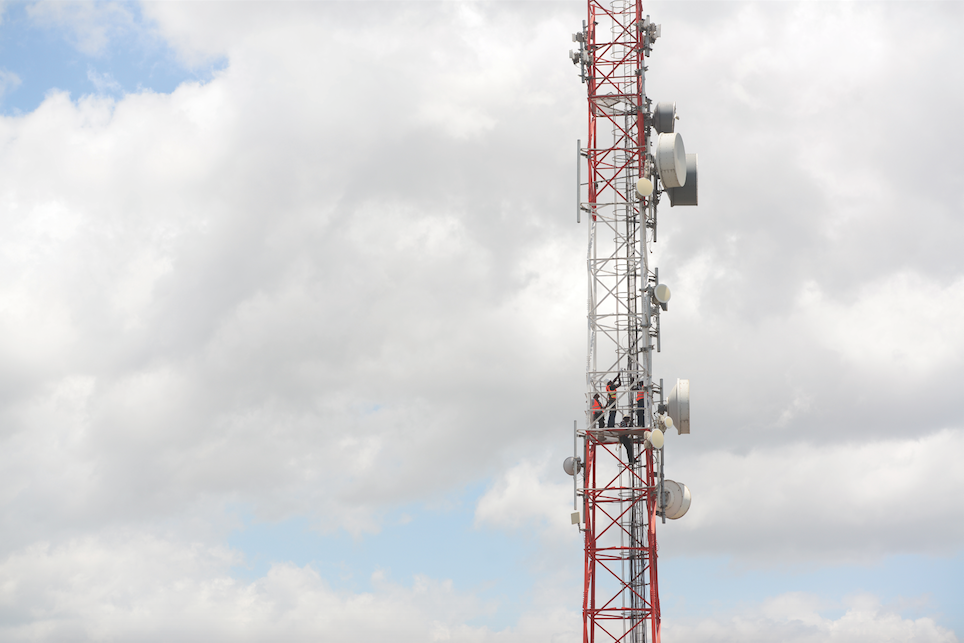
“Out of this, Helios’s own headcount, which includes only those on our payroll is 405. However, we look at all 10,000 people as our own family and extend the very same health and safety standards as well as training opportunities to them as we do our employees.”
Kash foresees a drastically different landscape for the telecommunications industry in Africa in 10 years’ time. He believes that independent tower companies like Helios will have extensive networks across the continent and will have moved into segments like 5G, data centres, edge data and fibre services, as well as network as a service solution.
“These services will all demand power reliability. With our established infrastructure and power capabilities, we’ll be well suited to managing them,” he says.
“We will enter these segments with the aim of minimising latencies, which is just what the continent needs as it moves into the Internet of Things and autonomous services that rely on short latency in terms of signal cuts, such as 5G.”
When these developments finally happen, it will be a dream come true for Kash. “Within this century, Africa is going to become one of the most exciting places to establish a long-lasting business,” he predicts.
“I am immensely excited about the opportunities for a tower business such as Helios to continue to expand and provide fantastic services for our customers. I am truly passionate about Africa being able to have the same digitised solutions as the rest of the world. It is digital availability that is going to be the key driver for socioeconomic growth and development on the continent.”
Proudly supported by:
